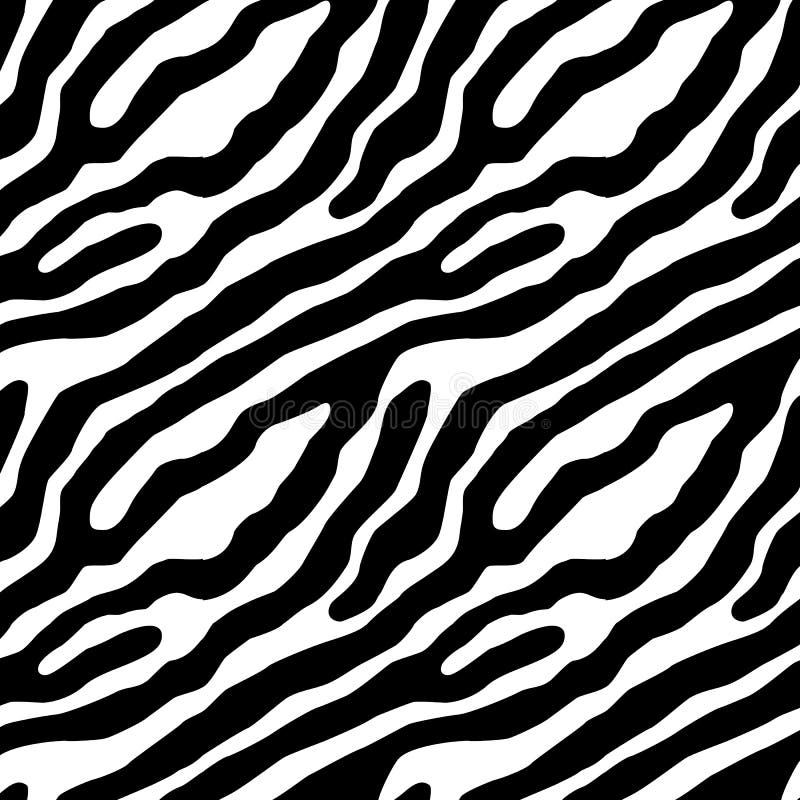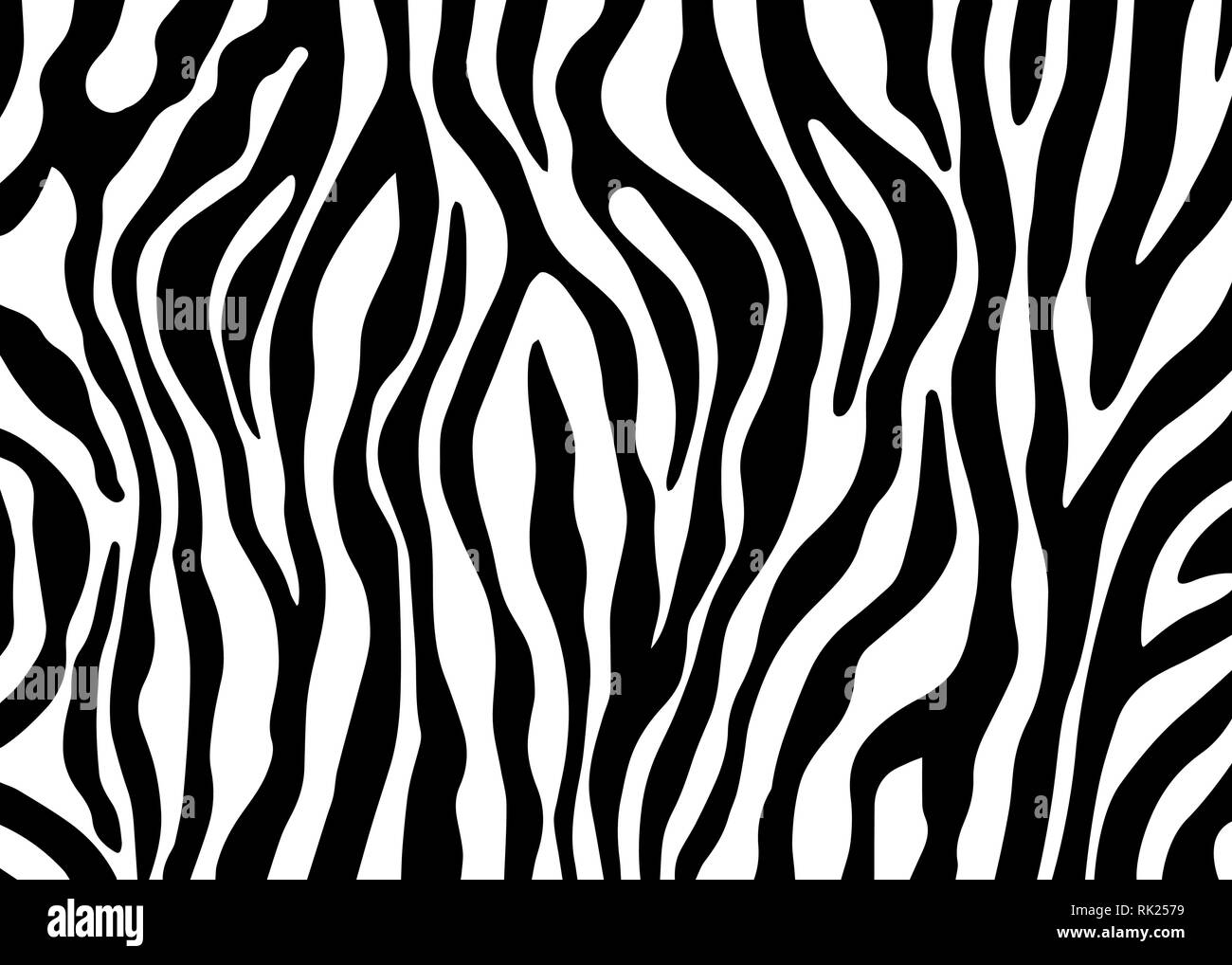


Using the samples we previously collected in Africa, I have been working in Professor Robert Wayne’s lab at UCLA and Professor Sergey Nuzhdin’s lab at the University of Southern California, using high-throughput genome sequencing technologies to generate tens of thousands of markers across the entire genome that we can use to discover correlations between genetic variation and stripe variation. The Quagga Project will be collecting blood samples for us during their upcoming capture effort as they plan for a 5th generation, and I will revisit the project this fall with blinds and salt licks to try to get close enough to dart some myself. We also visited the Quagga Project in the Cape region of South Africa, but these zebra were skittish as they are less used to human traffic. Sampling was easy in these well-visited parks where animals are used to cars and people. In 2009, CTR Director Tom Smith and I visited Etosha National Park in Namibia and Hluhluwe-Imfolozi National Park in South Africa to collect samples. We then locate where the dart fell and collect the sample.ĭarted zebra at Etosha National Park, Namibia. The zebras may startle a little when they are hit, but they typically calm down right away and go back to grazing.
Zebra pattern skin#
When the needle hits the zebra, it cuts a tiny bit of skin tissue and then falls out. We use a dart gun to shoot a syringe affixed with a biopsy needle. The least invasive way to get the DNA we need is to collect a remote biopsy sample. To correlate genes with stripe pattern, we need a good photo and plenty of high-quality DNA.

Right: Henry – a fourth generation Quagga Project zebra. Sampling from both wild and domestic populations allows us to leverage the different advantages each has to offer.Ī 1793 illustration of King Louis XVI’s quagga stallion by Nicolas Marechal. They have been very successful at breeding zebra with very little striping. The Quagga Project was started more than 20 years ago with 18 wild founder zebra and has been breeding zebra for four generations in an effort to bring back the minimally striped phenotype of the quagga subspecies. We also will take advantage of something rarely available for studies of this sort – a captive population that has been under human-mediated selection for a trait that is exhibited in the wild. To identify genes responsible for stripe variation, we are sampling in several wild populations, including some with fully striped zebra and others with zebra with less striping.

Working with collaborators at UCLA and elsewhere, I am taking advantage of this stripe variation to study both the genetic basis (how) and adaptive reasons (why) for zebra stripes. The extinct quagga subspecies only had stripes to the shoulder. Fortunately, plains zebra show a lot of variation in stripe pattern that we can make use of, including populations with zebra that are fully striped from head to toe and others in which zebra have few or no stripes on their legs.
Zebra pattern code#
If all zebra looked alike we would have no easy way of understanding how stripes evolved – what genes code for stripes or what ecological forces have selected for stripes. Variation is an important key to understanding how and why zebra stripes evolved. Have you ever wondered why zebra have stripes? There are many hypotheses, including crypsis, predator confusion, thermoregulation, and avoidance of tsetse fly bites (through which a trypanosome causing sleeping sickness is transmitted), but no one really knows the answer.


 0 kommentar(er)
0 kommentar(er)
